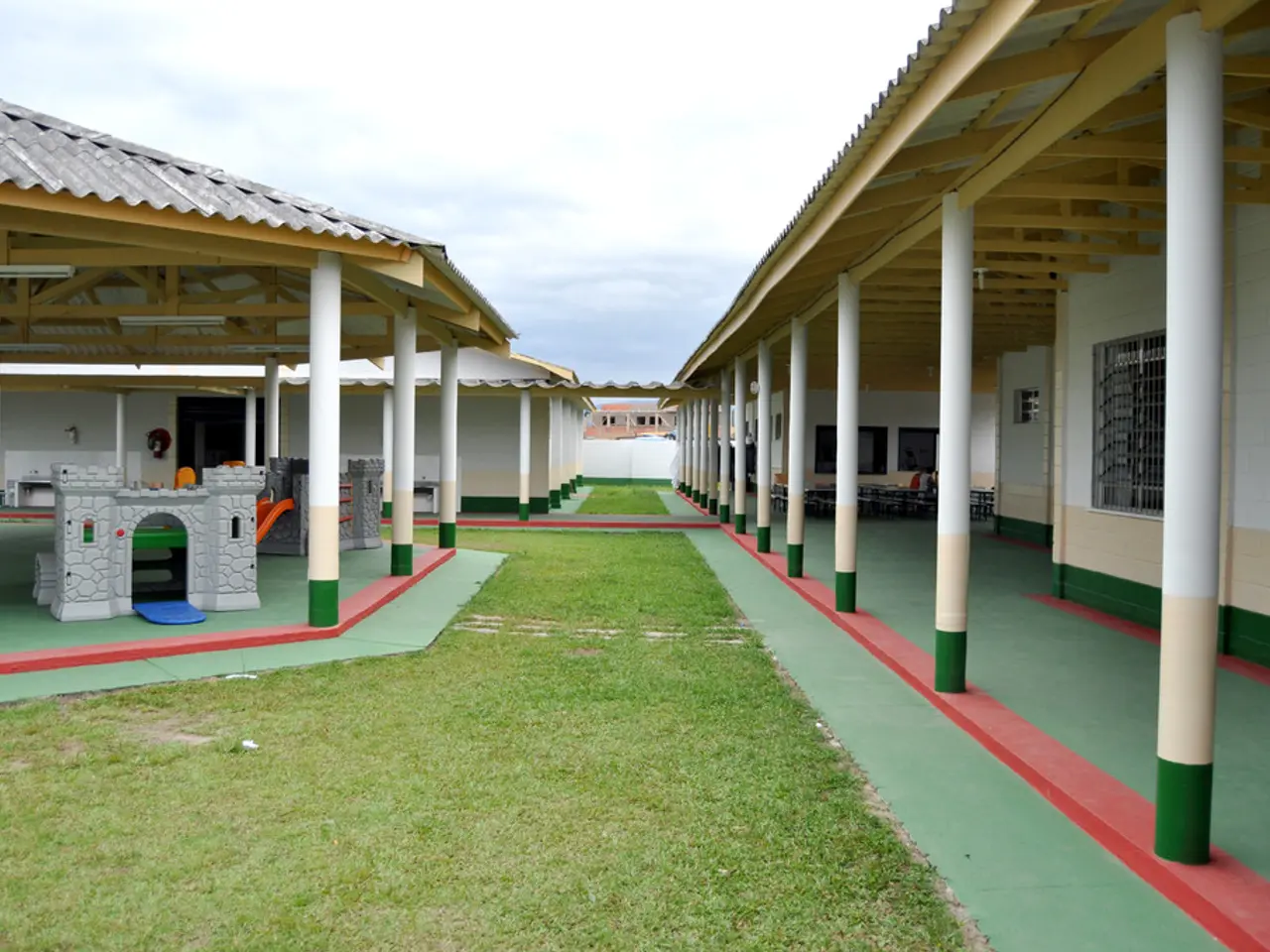Order to institutionally house homeless individuals contradicts empirical evidence
In a move that has been met with widespread criticism, President Trump signed the executive order "Ending Crime and Disorder on America’s Streets" in July 2025. The order, which prioritises federal grants to states and localities enforcing laws criminalising behaviours associated with homelessness, such as camping and squatting, has been criticised for criminalising homelessness and mandating involuntary treatment.
Key criticisms include the equating of homelessness with criminal behaviour, intensifying law enforcement responses and punitive measures rather than support. The order also withdraws federal support for Housing First policies, which have been widely recognised as evidence-based solutions to homelessness by prioritising access to permanent housing without preconditions.
Other criticisms include the mandate for treatment participation and forced institutionalisation, which critics argue is coercive, costly, and often ineffective compared to voluntary, supportive approaches. The order also coincides with cuts to critical healthcare and addiction support programs such as Medicaid and substance abuse grants, undermining the very services needed to address homelessness' root causes.
Evidence-based alternatives to this approach include the Housing First model, which provides stable, permanent housing as the initial step before addressing other issues like mental health or substance use. Voluntary, supportive services integrated with housing, such as outreach, mental health care, and substance use treatment, designed to engage individuals without coercion, are also favoured. Investment in affordable housing production and rental assistance, addressing the structural shortage of housing for low-income individuals, is key. Harm reduction strategies, which aim to minimise the negative consequences of drug use without requiring abstinence, have been shown to reduce overdose deaths and improve health outcomes.
Photos show patients strapped to rocking chairs at Bryce Hospital, a psychiatric facility in Tuscaloosa, Alabama, which housed approximately 5,000 people with only three psychiatrists on staff. Conditions at the hospital were atrocious, with human feces on the walls and urine soaking the floors. Today, Bryce Hospital has only 268 adult beds.
A 2022 review of six studies in the United States found that each dollar spent on housing first saves the government $1.30. The benefits of housing, such as autonomy, privacy, security, comfort, and warmth, are often omitted because they are hard to quantify.
The Supreme Court opened a possibility for homelessness being a crime in a case last year. However, a 2015 study estimated that curing all active psychotic and mood disorders would eliminate just 4% of interpersonal violence.
Under the "housing first" approach, homeless individuals are quickly housed in the community and provided with in-home support services. The goal of deinstitutionalization was to provide care in the community, but this mostly never materialised. As a result, the three largest psychiatric facilities in the United States today are the jails in Los Angeles, New York, and Chicago.
In 1970, there were nearly 370,000 people in state and county psychiatric hospitals in the United States. Fredrick E. Vars, a professor of law at the University of Alabama School of Law and author of the forthcoming book "Through the Fire: How People With Mental Illness Are Empowering Each Other," noted that the ideas in the executive order are not new, not compassionate, and not evidence-based.
In summary, the executive order has been widely criticised by housing and homelessness experts and advocacy groups as a harmful, punitive policy that exacerbates homelessness rather than alleviating it, while evidence-based alternatives emphasise housing stability first, voluntary support services, and investment in affordable housing as proven routes to effectively ending homelessness.
- The USC business school has published numerous editorial pieces criticizing the Presidential executive order titled "Ending Crime and Disorder on America’s Streets".
- Opposition towards the order is not limited to California, but extends to various states and cities, where lawmakers are questioning government's approach towards homelessness.
- Some California government officials have voiced their disapproval of the order, arguing that it disregards science and health-and-wellness, especially in terms of mental health and therapies-and-treatments.
- Protests have erupted in Los Angeles streets, demanding policy-and-legislation reforms focused on general-news issues such as immigration, healthcare, and affordable housing.
- The executive order has stirred up discussion in political circles, with critics arguing that it goes against the principles of deinstitutionalization and supports the over-criminalization of homelessness.
- In the sports world, players from the USC football team, known as the Ram, have also expressed their opinions on the matter, emphasizing the importance of empathy and compassion.
- Healthcare professionals in Los Angeles raised concerns about the increased demand for healthcare services due to the displacement of homeless individuals as a result of the executive order.
- The American Psychological Association (APA) released a statement opposing the order, noting that research shows that involuntary treatment for mental illness often leads to poor outcomes and re-hospitalization.
- The election campaigns in various district races across California have been dominated by discussions on the President’s executive order, with candidates advocating for evidence-based policies like the Housing First model.
- The executive order's emphasis on law enforcement has led some experts to highlight the need for prevention, education, and support services for at-risk communities, rather than penalizing them.




